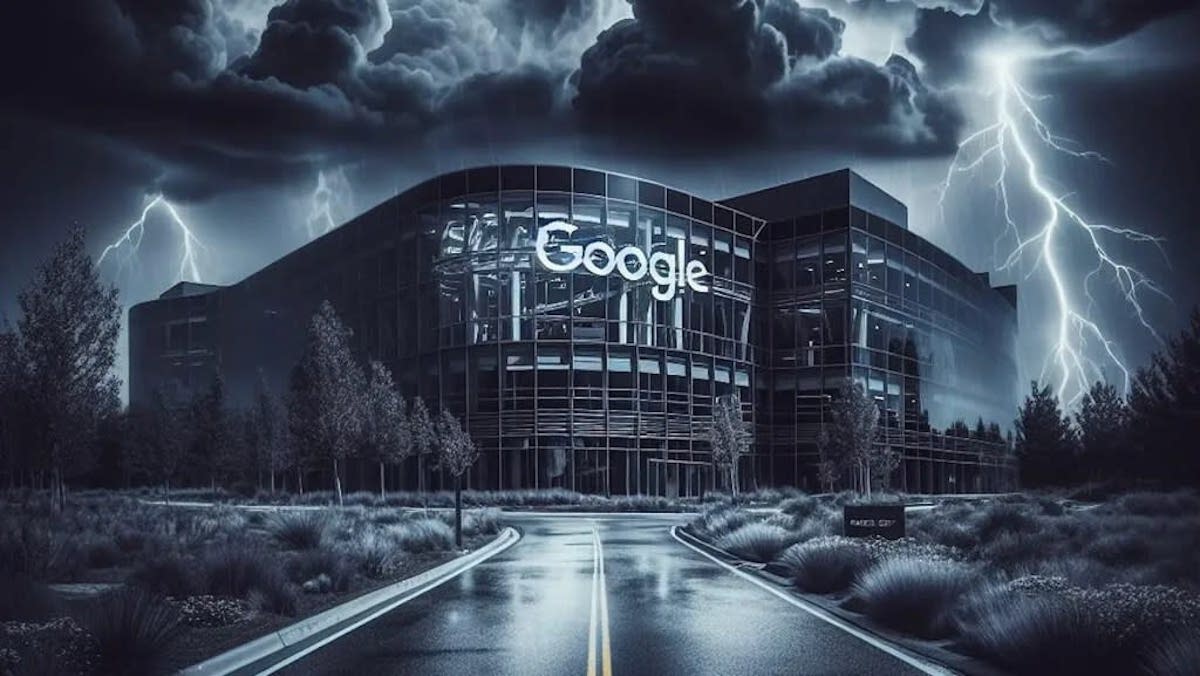The Wrap. Inside the Crisis at Google.
Alex Kantrowitz Fri,
March 1, 2024.
It’s not like artificial intelligence caught Sundar Pichai off guard. I remember sitting in the audience in January 2018 when the Google CEO said it was as profound as electricity and fire. His proclamation stunned the San Francisco audience that day, so bullish it still seems a bit absurd, and it underscores how bizarre it is that his AI strategy now appears unmoored.
The latest AI crisis at Google — where its Gemini image and text generation tool produced insane responses, including portraying Nazis as people of color — is now spiraling into the worst moment of Pichai’s tenure. Morale at Google is plummeting, with one employee telling me it’s the worst he’s ever seen. And more people are calling for Pichai’s ouster than ever before. Even the relatively restrained Ben Thompson of Stratechery demanded his removal on Monday.
Yet so much — too much — coverage of Google’s Gemini incident views it through the culture war lens. For many, Google either caved to wokeness or cowed to those who’d prefer not to address AI bias. These interpretations are wanting, and frankly incomplete explanations for why the crisis escalated to this point. The culture war narrative gives too much credit to Google for being a well organized, politics-driven machine. And the magnitude of the issue runs even deeper than Gemini’s skewed responses.
There’s now little doubt that Google steered its users’ Gemini prompts by adding words that pushed the outputs toward diverse responses — forgetting when not to ask for diversity, like with the Nazis — but the way those added words got there is the real story. Even employees on Google’s Trust and Safety team are puzzled by where exactly the words came from, a product of Google scrambling to set up a Gemini unit without clear ownership of critical capabilities. And a reflection of the lack of accountability within some parts of Google.
“Organizationally at this place, it’s impossible to navigate and understand who’s in rooms and who owns things,” one member of Google’s Trust and Safety team told me. “Maybe that’s by design so that nobody can ever get in trouble for failure.”
Organizational dysfunction is still common within Google, something it’s worked to fix through recent layoffs, and it showed up in the formation of its Gemini team. Moving fast while chasing OpenAI and Microsoft, Google gave its Product, Trust and Safety, and Responsible AI teams input into the training and release of Gemini. And their coordination clearly wasn’t good enough. In his letter to Google employees addressing the Gemini debacle this week, Pichai singled out “structural changes” as a remedy to prevent a repeat, acknowledging the failure.
Those structural changes may turn into a significant rework of how the organization operates. “The problem is big enough that replacing a single leader or merging just two teams probably won’t cut it,” the Google Trust and Safety employee said.
Already, Google is rushing to fix some of the deficiencies that contributed to the mess. On Friday, a ‘reset’ day for Google, and through the weekend — when Google employees almost never work — the company’s Trust and Safety leadership called for volunteers to test Gemini’s outputs to prevent further blunders. “We need multiple volunteers on stand-by per time block so we can activate rapid adversarial testing on high priority topics,” one executive wrote in an internal email.
And as the crisis brewed internally, it escalated externally when Google shared the same type of opaque public statements and pledges about doing better that have worked for its core products. That underestimated how different the public’s relationship is with generative AI than other technology, and made matters worse.
Unlike search, which points you to the web, generative AI is the core experience, not a route elsewhere. Using a generative tool like Gemini is a tradeoff. You get the benefit of a seemingly magical product. But you give up control. While you may get answers quickly, or a cool looking graphic, you lose touch with the source material. To use it means putting more trust in giant companies like Google, and to maintain that trust Google needs to be extremely transparent. Yet what do we really know about how its models operate? Continuing on as it if were business as usual, Google contributed to the magnitude of the crisis.
Now, some close to Google are starting to ask if it’s focused in the right places, coming back to Pichai’s strategic plan. Was it really necessary, for instance, for Google to build a $20 per month chatbot, when it could simply imbue its existing technology — including Gmail, Docs, and its Google Home smart speakers — with AI?
There are all worthwhile questions, and the open wondering about Pichai’s job is fair, but the current wave of Generative AI is still so early that Google has time to adjust. On Friday, for instance, Elon Musk sued OpenAI for betraying its founding agreement, a potential setback for the company’s main competitor.
Google, which just released a powerful Gemini 1.5 model, will have at least a few more shots until a true moment for panic sets in. But everyone within the company knows it can’t afford many more of the previous week’s incidents, from Pichai to the workers pulling shifts this weekend.
The post Inside the Crisis at Google appeared first on TheWrap.


